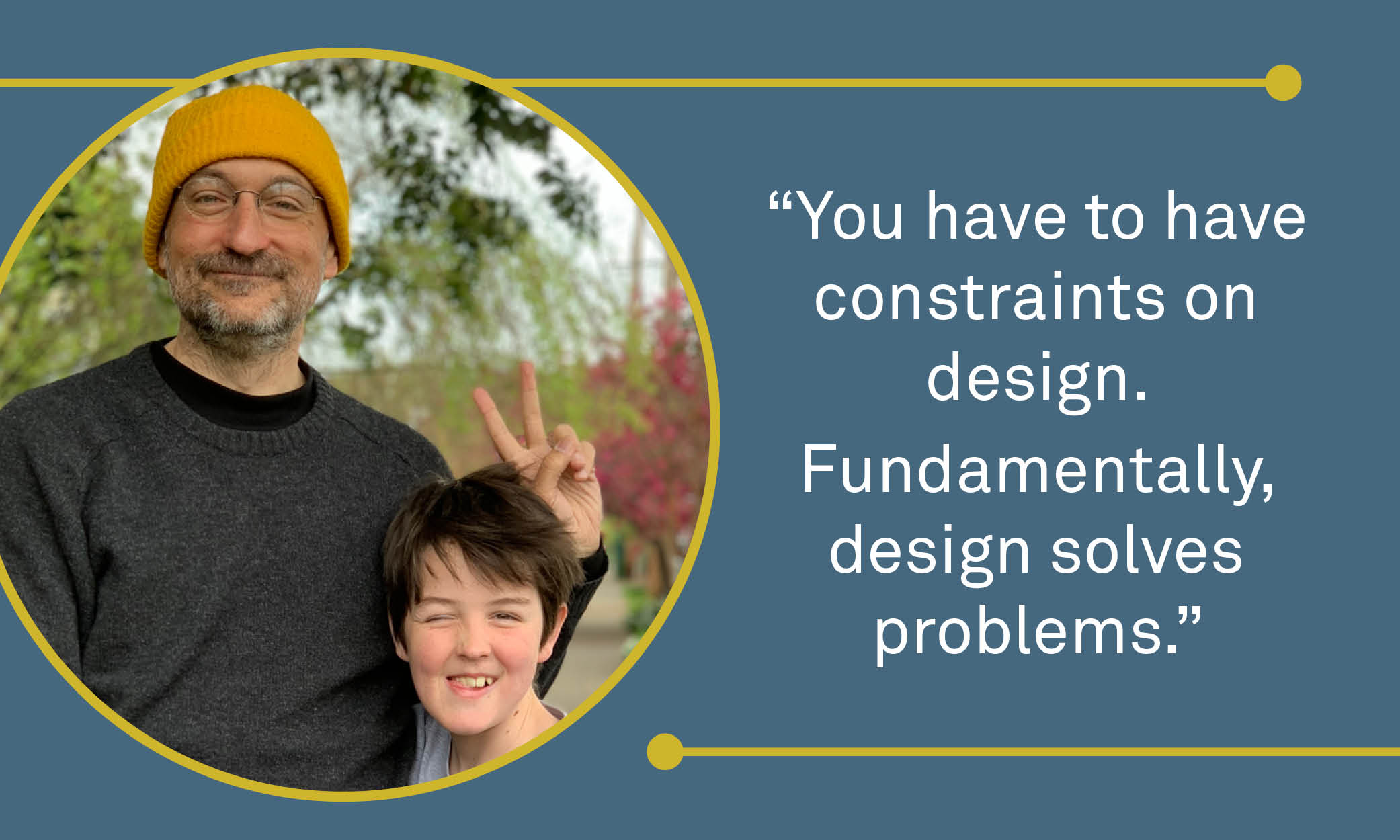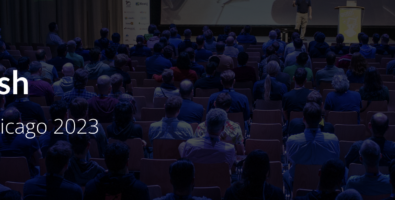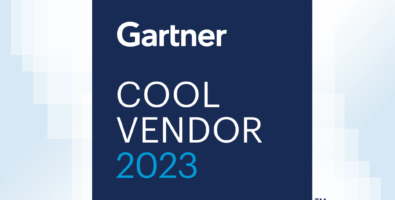A Day in the Life: Randall Hansen

Randall Hansen
VP, User Experience
“I live in the burning wreckage of Portland, Oregon”
At Verica for: 2 years
Ed Note: This is an ongoing series about what a day in the life of various Verica folks looks like. In this post, we chat with Randall Hansen, VP of User Experience. Randall’s super power is seeing the world in ways that most people don’t. A master of metaphors and powerfully-peppered sentences, he wrangles thorny problems with uncanny kindness and patience.
What brought you to Verica?
Casey [Verica co-founder and CEO] and I worked at a little company years ago that dried up and blew away. It wasn’t our company, and it was awful. It was the only time either one of us had been deceived into taking a job, and had I never even considered that was possible—and I’ve had 19 jobs in my life. No one’s ever lied to me to get me to join a company before. So I bailed. The good thing I took from that company was meeting Casey, and we fell in love with each other right away.
I went off to start another company, and he went off to Netflix, which meant moving to the Valley, and he came back to Portland a year or two later. We were leaving a bar downtown in the summer, and he said, “Hey, check this out.” He walked over to a car, and in the dust in the hood of a car, he was sketching out this problem, this thing that he wanted to bring into the world, and that’s what we’re working on at Verica. (It was just the nearest thing. We didn’t have a white board.) He was talking about data in motion, and how you hook human pattern recognition up to a problem that is too big to describe or to recount in other ways.
This is how I think about the world anyway. I do all the dishes in the house, and the first thing I do is take a tub of soapy water and dump all the sharpest knives that we’ve used that day into it. And I sharpen our knives, so I know how scary they are. But what it means is that it’s never, ever dangerous for me because every time I put my hands in soapy water, I expect there to be a knife lurking to chop my fucking fingers off. So I’ve thought about the world in this way for the last 40 years or so. So Verica matches my approach to things.
“My day is entirely book-ended by the time I spend with my family, and I don’t compromise on that.”
What I want to do these days is much less designing things myself than helping other people do good design. I don’t scale. I can’t make every design decision. And I’ve seen companies get into pathological situations where one person tries to do all the design. One person tries to be right about everything, and it never works. At some point, it falls over. And trying to fix it at the point that it falls over is much too late.
So you need to start very early on informing and empowering people so that you don’t reach that scaling problem. Most of what I do is help other people understand what design is and how you apply it to a problem. And the problem we’re tackling here is that the infrastructure that we’ve created to solve our digital problems is now too big for any human being to perceive or to possibly model. The only way we get information out of these systems is the same way we get information out of the world. No one knows how gravity works, but we can do experiments, do math on it, and figure out what its effects are.
Software is now a large-scale problem, which comes down to human perception. This is not a technical problem. We use technical means to solve it, but it’s still fundamentally a human problem. The very first human problem that I remember solving on purpose was the first program I wrote for my dad in the 80s. He liked printing on a dot matrix printer in this little micro font, but he had to shell out to GW-BASIC and run a bunch of commands every time he booted the system, and he didn’t know how to work around this. He was an engineer, but not a software engineer, so he could figure out how to do it, but not how to automate it. So I wrote this Pascal program to automate it for him. And I called it ”dad.com.” I remember the look in his eyes when he realized that he was never going to have to solve this problem again. That was the first time I became aware of the power and leverage of building a digital tool.
“Most of what I do is help other people understand what design is and how you apply it to a problem.”
Solving human problems is really solving two types of problems. One is helping individual people, which is either management or leadership or mentorship or what have you. And I do that a lot because it matters to me and I enjoy it. And the other is creating the types of digital tools that I have personally worked on. I worked on an open-source electronic medical record system many years ago. If I get a chance again, I’ll dive back into healthcare, even though it seems impossible. It’s a very direct way of helping people. With this open-source EMR, I was helping a little local clinic that had like four or five branches—they were the last rung of the ladder. If people fell off that rung in the ladder, they ended up on the streets. And so that felt very good to me to do it, just like a year’s worth of free work on this thing, because I was helping people who were incapable of helping themselves.
I worked at Puppet for years. And again, that was solving both sides of the problem. It was coming into Puppet at 30 people, and helping them understand what user-facing design was. And then eventually building a multi-faceted team of people to help the company solve that problem at scale.
What did you do today?
I start off with what’s most important to me, which is I spend time with my family. My day is entirely book-ended by the time I spend with my family, and I don’t compromise on that. I woke up and spent time with Angie, then I woke my son River up and I read to him. We’re reading The Man in the High Castle right now. He’s 12 ½ and I’ve read to him almost every morning of his life. At some point that won’t be cool for him, but it’s always cool for me and I’m not going to skip that. So starting at around 9am, I got my trusty notebook and started figuring out what I left on the table yesterday or earlier this week, and which of those things is most important for me to care for today.
Today is Thursday. It’s product day, as we call it internally, and there’s a product meeting right after lunch. I run that meeting, I curate the agenda. It’s not a place for me to make decisions, but it’s a place for me to bring people together and decide: what are our common goals? Are we still heeding to those goals? What are we working on right now? What are we investigating right now? And what’s coming next?
Before that, the first thing I did was work with the platform team for an hour. It’s their biweekly planning gig. They’re working on some near-term platform issues right now, trying to make us more modular, which will be a concern for us probably forever. How do we make ourselves the beneficiaries of Conway’s Law rather than the victims of it? Conway’s Law being that you ship software that reflects your organizational structure. We can’t avoid that, it’s gravity. We don’t have a choice, so we need to make it work for us.
After the platform meeting, I usually talk with Luke, who’s a Senior Engineer. Today we skipped it, because he was tired, we’d finished the platform meeting late, and I made him promise me that he would engage in one of the current RFC documents, which is our internal design process. Someone writes down a couple of user goals, and then we start iterating from there. I needed feedback from him, but he’s very good at engaging with a document, in both the detailed and the strategic way. So I said, “All right, we don’t need to meet, as long as you promise you’ll engage with this document today.”
“Software is full of unsolvable problems—or problems that will take ages to solve—so that means we have to scope our problems down as small as possible, to make them solvable and deliverable.”
Then I had lunch with River and Angie, followed by the weekly product meeting, which was good and useful. We’ve started to change the product roadmap from a single track to start to account for incoming needs from multiple customers. Up until now, we’ve had the same set of needs, but now we’re talking with more diverse customers, and they’re closing faster. And so we need to make sure that we’re coordinating our efforts and that we’re not trying to promise more things than we can deliver in a reasonable amount of time.
Afterwards, I worked with the Kafka Module Team on the verifications they have. The beginning of the verification is always: we have a hypothesis, and then we have a report which proves or disproves a hypothesis. And so that’s the level at which I was engaging with them. Does this hypothesis make sense? Is it valuable to the customer? Does the report actually tell them the right story about it?
It is a typical day for me, in that it’s a couple of one-on-one conversations with people, sometimes leading meetings, sometimes it’s something else where I’m just called in there to ask inconvenient questions.
What do you do when you’re stuck on a problem?
I get stuck on problems all the time. The most important thing I do when I’m stuck on a problem is engage somebody else with me. My brain is small, and there are many other brains in the world. And fundamentally, it is really somebody else’s problem. I don’t give a shit about solving my own problems. I want to solve other people’s problems. So if I don’t understand well enough how to solve someone’s problem, my first thought is, “I don’t understand their problem well enough.” And so I want to talk with them, or talk with people who have talked with them, to try to figure out the problem better.
I’m a designer, not an artist. For an artist, a blank canvas looks like possibilities. For a designer, a blank canvas looks like a nightmare. You have to have constraints on design. Fundamentally, design solves problems. So the first thing I want to do is narrow the scope of the problem I’m trying to solve. Otherwise, you’re just solving what, the world? And then you can come up with 42, and what have you done? You’ve done nothing, right? The next thing I do once I understand it a bit better is try to narrow the scope of the problem, so the solution is tractable. Because software is full of unsolvable problems, or problems that will take ages to solve. And we’re a small company, and we’re trying to move fast. And so that means we have to scope our problems down as small as possible, to make them solvable and deliverable.
Cats or dogs?
Cats.
I like dogs, but I’ve lived with cats my entire life. I’ve spent maybe 18 months of my life, all told, not living with cats. So I love cats. I love everything about cats. The things that people hate about cats, I love about cats.
I love that cats are so twitchy about their own agency. I love that cats have boundaries, that you have to choose how you engage with a cat—you have to engage with a cat on its own terms. There are a few cats for which that’s not true, right? And so a lot of people will look at that as, “Oh, there are good cats, and then there are a whole lot of bad cats.” There are good cats who are very reactive to humans, and easy to get along with, and just want to sit on my lap and come when I call them. And then there are a whole bunch of cats who were basically just stupid broken dogs.
But from my perspective, most cats care very much about their agency and their dignity. They’re not social creatures in the same way that we are. And so they don’t understand social signals the same way that dogs do. So you have to understand the cat’s language, and work with a cat in a way that helps it feel safe, first and foremost, and become a cat’s both God and friend and slave in different areas. So it’s very much about approaching the cat on its own terms, because a cat will not accept your terms.
Do you listen to music while you work?
I’ve got about a half dozen SomaFM stations that I cycle through. I have trouble processing multiple streams of texts at once, even if it’s lyrics to songs that I know by heart. And almost everything I do is textual. It’s very rare for me to do something which is entirely aesthetic. I have a friend who’s an architect, and he listens to podcasts all day long. And he’ll report to you that he can’t process multiple streams of text at once, but he doesn’t perceive his work as textual. He perceives it as spatial. Whereas my work is very, very textual. It’s almost all very cognitive in that way, and so I can’t have another stream of text interfering. I can’t process it. So what I like is wordless techno or electronic music.
The stuff I listen to at work, I don’t really listen to outside of work. I can’t listen to free jazz at work, because that’s too cognitive. I have trouble listening to interesting classical work because again, that engages me too cognitively.
When I go for a walk, I listen to the birds.
“People at Verica uphold our values by reflex because we’ve managed to filter good people into the company, and then treat them with respect and dignity so that they feel safe.”
What is the culture like at Verica?
One of the most interesting and important things about this to me happened before I even got here. At Puppet, we were facing a problem of how to scale our hiring process, and how to continually hire good people. So we had gone from 30 to 300 people, which is where I was in the company. And (CEO) Luke Kanies took the first draft of what he called the Culture Interview, and started running people through it, and then started talking with me, and the two of us ran people through it, right up until the point where we didn’t scale anymore. And we started training other people on how to do it. And everyone in Verica has run through this Culture Interview. At our previously aforementioned little start-up that dried up and blew away, I shared this with Casey, and he fell in love with it and started using it at Netflix.
That was the first indication to me that it was probably going to be a pretty good place to work, because Casey iterated on it. He and I kept on talking about it over those intervening years, and I saw the direction in which he was managing it. And I really liked that. Knowing that the company was going to filter people based on this mechanism that I understood and deeply believed in, was one of the early indicators to me that it would be a place I wanted to be.
The Culture Interview boils down to, “Don’t be an asshole. Work in a way that we find productive.” And there are many details about that, right? You have to be able to admit failure. You have to have an observing ego, and be able to engage with other humans in a compassionate way. And it tests for these things, as well as we can.
We have an unlimited PTO policy, and I’ve never had any qualms about it. We’ve always been aggressive about that at every level in the company—people remind other people, “Hey, take time off, take a fucking break. We’re not going to collapse if you take a week or two away.” I was having some challenges last year, and took a fair amount of time where I was not working full-time, but was still able to exert enough leverage to find an appropriate fulcrum to get the most important things done. And the company never flipped me any shit about it.
Casey regularly asks me, “Hey, have you taken a week off lately? You going to take some time off?” Because I love doing this. I fucking love building software with other people, and shipping it to solve people’s problems. This is, aside from teaching kindergarten, the best possible job on planet earth. So it’s hard to take time away from it.
People at Verica uphold our values by reflex because we’ve managed to filter good people into the company, and then treat them with respect and dignity so that they feel safe. That’s ultimately what’s important to me.

Courtney Nash
Courtney Nash is a researcher focused on system safety and failures in complex sociotechnical systems. An erstwhile cognitive neuroscientist, she has always been fascinated by how people learn, and the ways memory influences how they solve problems. Over the past two decades, she’s held a variety of editorial, program management, research, and management roles at Holloway, Fastly, O’Reilly Media, Microsoft, and Amazon. She lives in the mountains where she skis, rides bikes, and herds dogs and kids.






